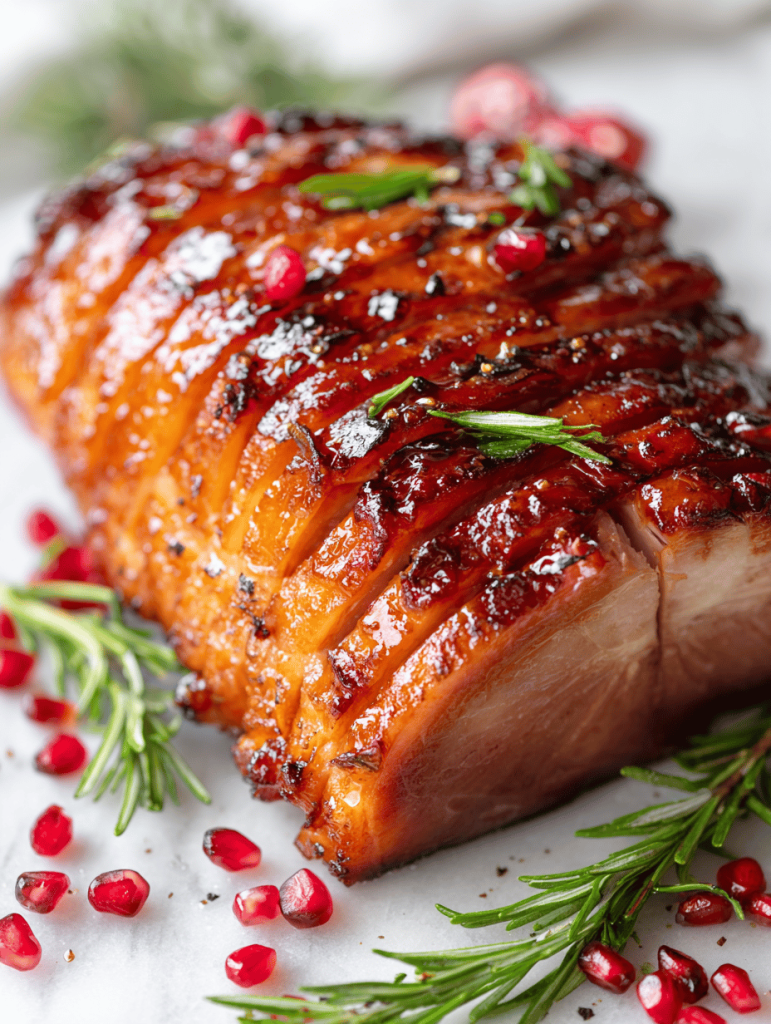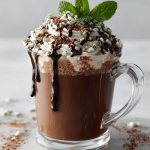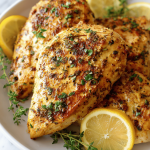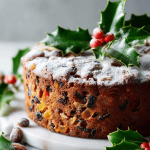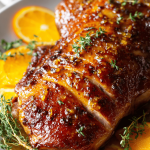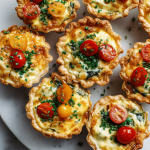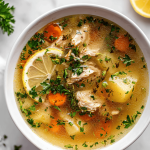Every year, I look forward to the chaos of preparing a Christmas ham. It’s a centerpiece that demands attention and a little bit of love—especially the glaze. My favorite part is that moment when the sugar and spices hit the oven, filling the house with a warm, inviting aroma that screams festive. It’s simple, honest cooking, but it makes the holiday feel special.
Why I Keep Making This Glaze Year After Year
The balance of sweet, smoky, and tangy makes it irresistibly good. Each year, I tweak the spice levels, but this glaze’s charm remains. It transforms a simple ham into a centerpiece that fills the house with warmth and memories. No matter how hectic the season, it’s a recipe that grounds me and sparks a smile.
What’s in That Glaze? A Breakdown
- Brown sugar: It’s the backbone of sweetness—gooey, caramel-rich. Skip it for maple syrup if you prefer a lighter touch.
- Honey: Adds a floral note and extra sticky shine. Use agave syrup for a vegan twist.
- Dijon mustard: Brightens the glaze with a tangy bite—skip if you prefer milder.
- Bourbon: Gives a smoky depth—sub with apple cider if you’re avoiding alcohol.
- Lemon juice: A splash brightens everything—lemon zest works too for punch.
Tools of the Trade for a Flawless Glaze
- Roasting pan with rack: Supports the ham and allows even cooking.
- Small saucepan: For simmering the glaze ingredients.
- Pastry brush: Applying the glaze evenly.
- Meat thermometer: Ensuring perfect doneness.
- Sharp knife: Scoring the ham’s fat.
Crafting the Perfect Christmas Ham Glaze: Step-by-Step
Step 1: Preheat your oven to 160°C (320°F).
Step 2: Score the ham’s fat in a diamond pattern, about 1/4 inch deep.
Step 3: Mix your glaze ingredients: brown sugar, honey, Dijon, and a splash of bourbon.
Step 4: Brush the glaze generously over the ham.
Step 5: Bake uncovered for about 1.5-2 hours, occasionally basting with more glaze.
Step 6: Watch for a caramelized, shiny crust forming—don’t let it burn.
Step 7: Let the ham rest for at least 15 minutes before carving.
Step 8: Serve slices with extra glaze drizzled over.
Cooking Checks to Keep Your Ham Perfect
- The glaze is bubbling and darkening without burning.
- The internal temperature reaches 60°C (140°F) when checked with a probe.
- The crust is glossy and slightly crackling, not charred.
- The meat is tender, with juices running clear when pierced.
Common Pitfalls and How to Dodge Them
- Not enough glaze to caramelize.? UNDER-GLAZED the ham—brush on more glaze during baking.
- Too high heat causing sugar to burn.? BURNED the glaze—lower oven temperature or cover with foil.
- Dry, tough meat.? OVERCOOKED the ham—use a thermometer to check doneness.
- Uneven flavor and glazing.? FORGOT to score the ham—score to help the glaze penetrate.
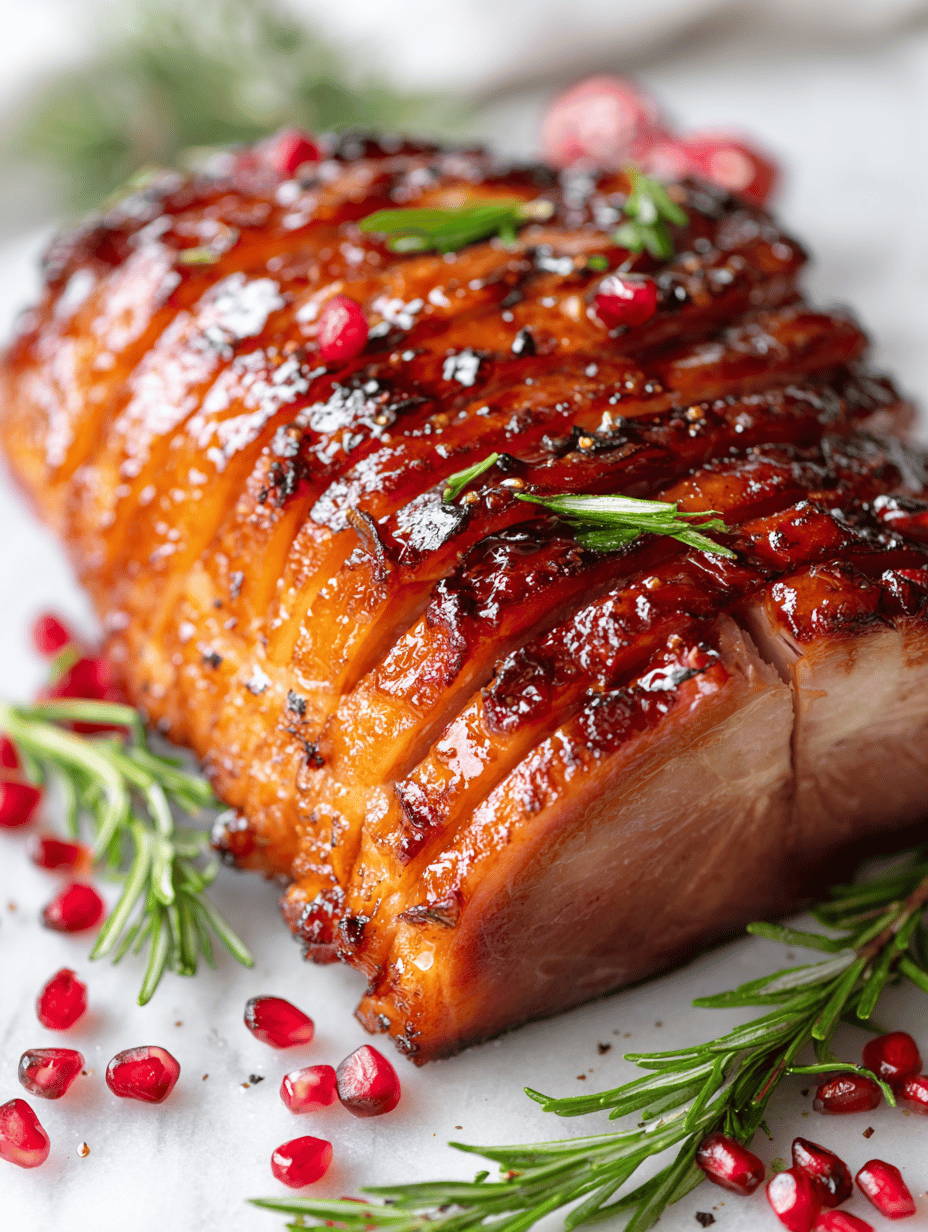
Festive Christmas Ham Glaze
Ingredients
Equipment
Method
- Preheat your oven to 160°C (320°F). Place the ham on a roasting rack inside a roasting pan, then score its fat in a diamond pattern about 1/4 inch deep to help the glaze penetrate.
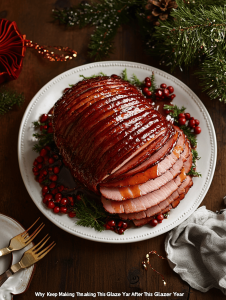
- Combine brown sugar, honey, Dijon mustard, bourbon, and lemon juice in a small saucepan. Bring the mixture to a gentle simmer over medium heat, stirring constantly until the sugar dissolves and the glaze is smooth and glossy.
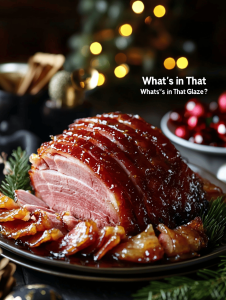
- Using a pastry brush, generously brush the glaze over the entire surface of the ham, ensuring to get into the scored creases. This initial coating will start to caramelize as it bakes.
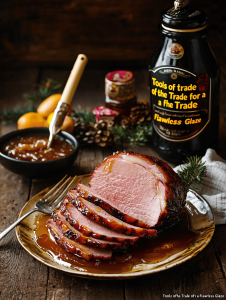
- Place the ham in the oven and bake uncovered for about 1.5 hours, or until heated through. Every 20-30 minutes, open the oven and brush on more glaze to build up a shiny, caramelized crust, creating a beautiful glaze.
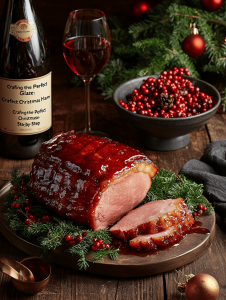
- Use a meat thermometer to check that the internal temperature reaches 60°C (140°F). The glaze should be bubbling and darkening without burning, and the crust should be glossy and slightly crackling.
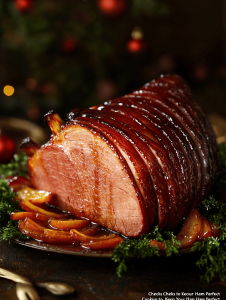
- Once the ham is done, remove it from the oven and let it rest for at least 15 minutes. During this time, the juices redistribute, and the glaze sets into a beautiful, shiny crust.
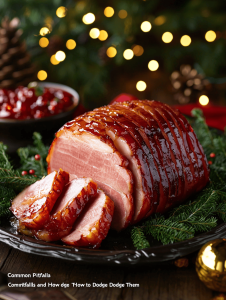
- Carve the ham into slices, then drizzle with any remaining glaze for extra flavor and shine. Serve warm and enjoy the festive aroma and tender, flavorful slices.
Notes
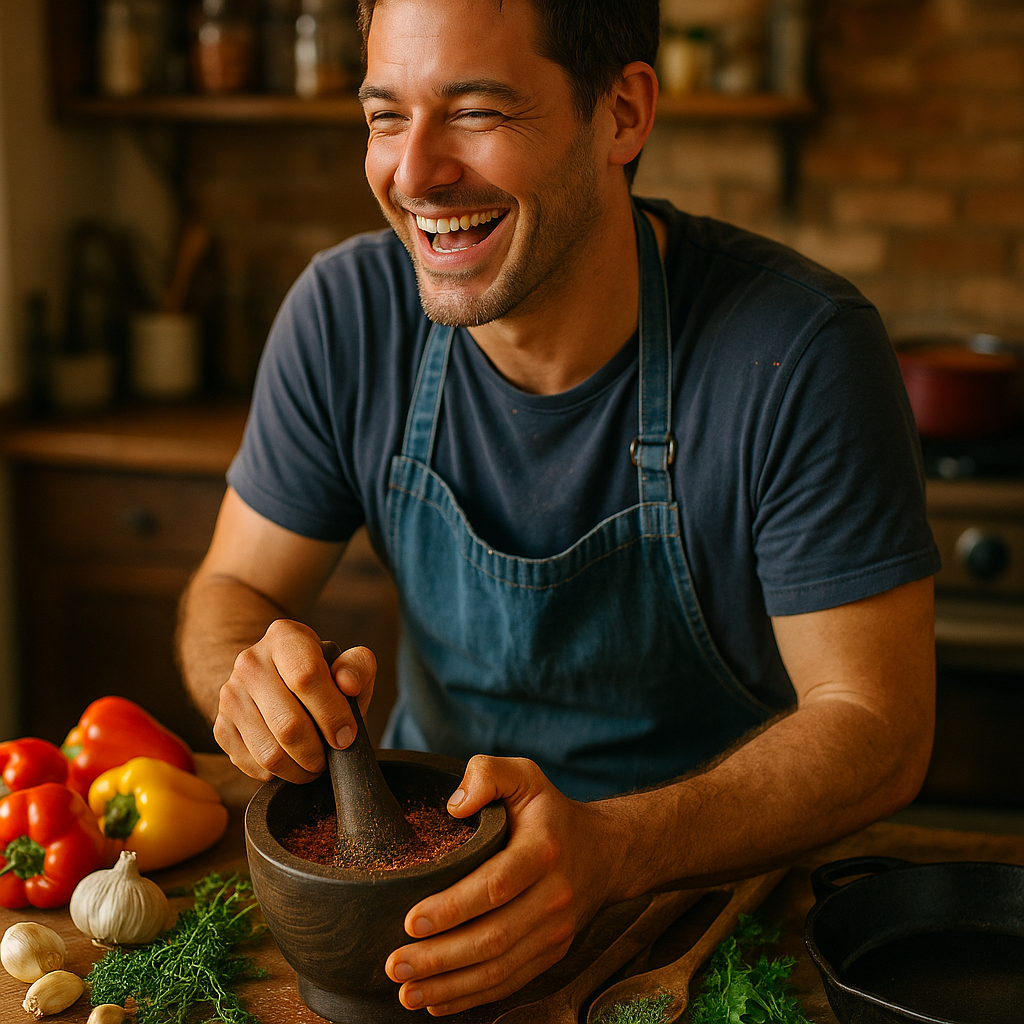
Hi, I’m Theo Granger, a former line cook and unapologetic flavor maximalist from New Orleans. I believe there are two types of people in this world: those who season their food, and those who LIVE to season their food. This blog is for the latter.
